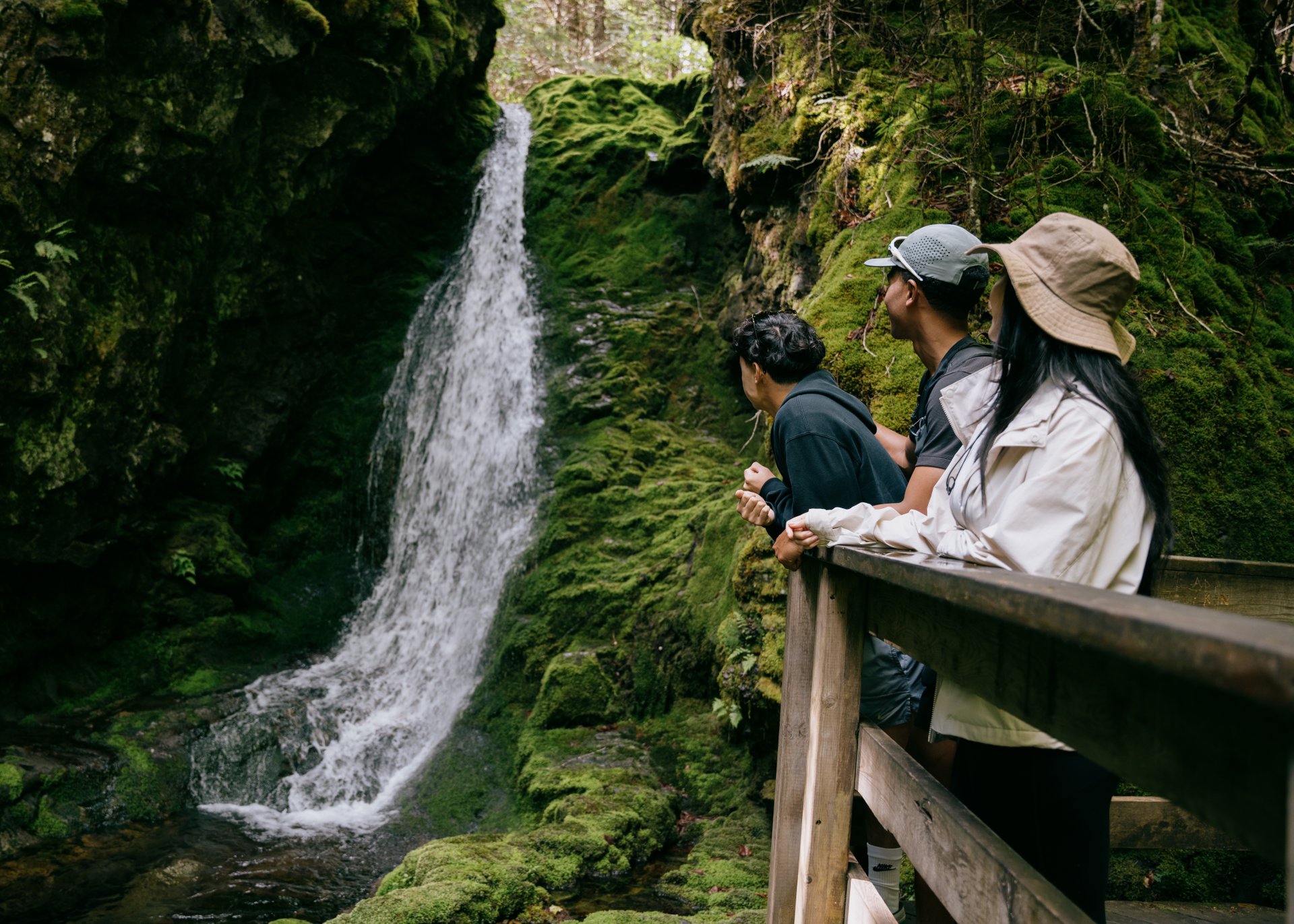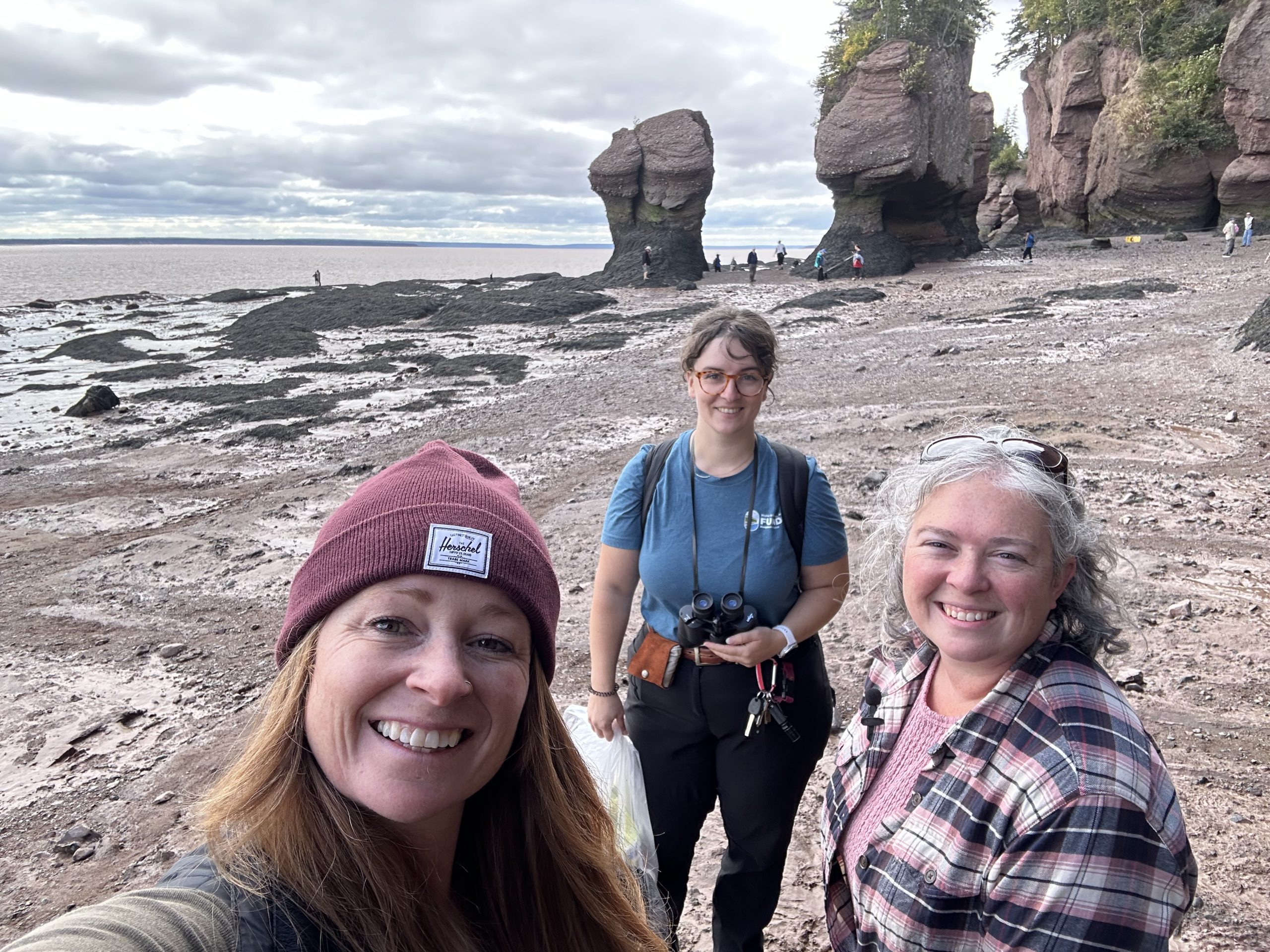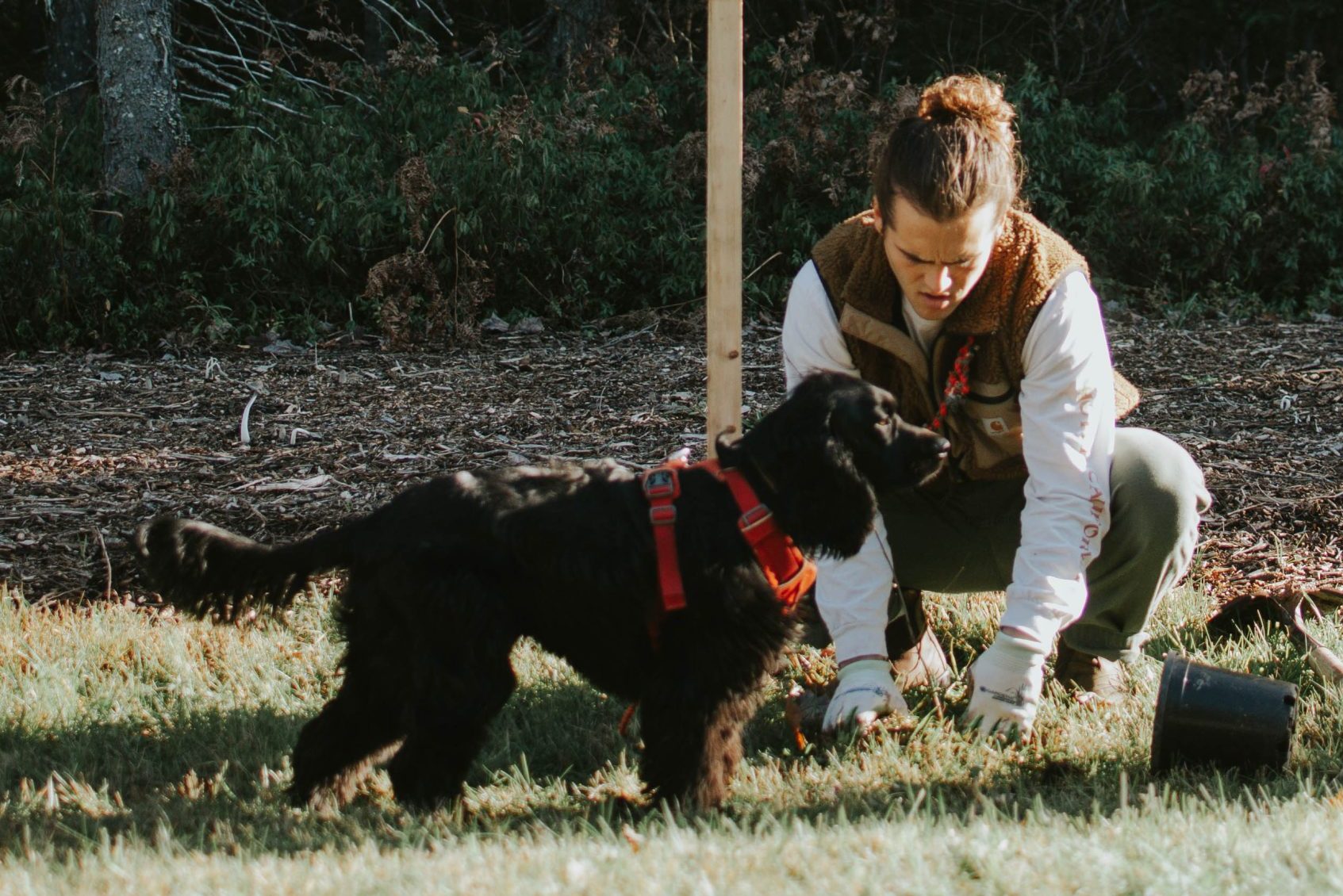What is a biosphere reserve?
Biosphere Reserves are United Nations Educational, Scientific and Cultural Organization (UNESCO) designated regions that form a World Network of Biosphere Reserves established by the Man and the Biosphere Programme (MAB). Biosphere Reserves are areas of terrestrial and coastal ecosystems promoting solutions to reconcile the conservation of biodiversity with its sustainable use, by bringing together research, education, tourism and human settlement. The programme began in 1970 and now there are over 700 designated Biosphere Reserves around the world in more than 124 countries and 21 trans-boundary sites, which are home to about 257 million people. Eighteen of these Biosphere Reserves are in Canada, however the CBRA has decided to change all sites in Canada to “biosphere regions” out of deference to indigenous peoples . These regions are significant to sustainable development initiatives for many reasons, including their unique governance structure, their ecological and cultural significance, and the presence of strong community leaders and participatory action that occurs within them. Biosphere Reserves are independently managed, and thus take many different forms and approaches to pursue the MAB goals. Despite the individual uniqueness of each Biosphere Reserve around the world, they all share in common a three-pronged mandate established by the MAB that is dedicated to the sustainable development of the regions that includes:
1) Establishing and facilitating research and education through logistical support,
2) Implementing ecological conservation efforts,
3) Encouraging sustainable economic growth
Together they make up a network that facilitates knowledge sharing and best practices for conservation, sustainability and community development.
Who is the Fundy Biosphere?
The Fundy Biosphere Region received the MAB designation in 2007 after a lengthy nomination period. The biosphere spans the Bay of Fundy watershed area, from St. Martins to Sackville, and inland to Moncton. Fundy Biosphere Region holds this prestigious UNESCO designation because this region uniquely showcases initiatives to preserve outstanding natural and cultural heritage, and for sharing ideas and research for biodiversity conservation, climate action, developing quality sustainable tourism infrastructure, delivering educational programs, and ensuring responsible human development. We believe in local solutions to global environmental challenges. Our vision is a world where Canadians are leaders in adapting, nurturing and financially supporting our sustainable communities that thrive alongside unique, biodiverse ecosystems. We pursue our goals by implementing a range of environmental and educational programs, but more importantly by bringing together local stakeholders and community groups to solve local problems.
Why Here?
The UNESCO-designated Fundy Biosphere Region is a 440,000 ha area of land in the upper Bay of Fundy region that stretches from the Tantramar Marshes near Sackville, around the cities of Moncton, Riverview, and Dieppe, to the coastal village of St. Martins. Fundy Biosphere Reserve boundaries exist as the upper Bay of Fundy watershed to the Petitcodiac River (the major source of freshwater draining into the upper Bay of Fundy), as well as several other smaller rivers and creeks. The Biosphere Region includes many communities and cities, different land uses including industrial, agricultural, forestry, urban and rural settings. FBR spans a variety of ecosystems and natural habitats including inland and coastal environments. This area has a rich cultural heritage, given that there is a long history of First Peoples, principally Mi’kmaq, inhabiting the area followed by French settlers from Europe beginning in the early 17th century and English settlers beginning in the mid-18th century. This diversity of culture and language is still strong today; French and English are both commonly spoken in our biosphere, and Moncton is the only officially bilingual city in the province. We are also increasingly becoming home to newcomers to Canada, who are bringing with them a new infusion of cultures and ideas to our community. The area is also ecologically diverse, with a number of natural ecosystems found in a relatively small area. It is this vibrant cultural and natural heritage, as well as the presence of the world’s highest tides that contributed to the designation of the area by UNESCO as a World Biosphere Reserve.
Governance and Operation
The Fundy Biosphere Region is managed by an incorporated non-profit organization called the Fundy Biosphere Initiative Inc. The FBR is overseen by a Board of Directors composed of directors from various government, industry and community stakeholders while day-to-day operations and projects are administered by a small staff. FBR receives no funding from UNESCO, nor direct core funding from any federal, provincial, or municipal government. FBR solicits annual funding for individual projects, and receives some funds from its Membership Program, as well as from donations. Our work is guided by the Lima action plan for Biosphere Reserves, the CBRA guiding documents, and our own strategic plan. We also work to contribute to the UN Sustainable Development Goals in all our projects.
Our Work
The projects we pursue at within FBR are centered around our four high level goal areas:
1.Biodiversity conservation and protection of ecosystem services
Restore and maintain the ecological integrity of the region by engaging visitors, residents, communities, businesses and decision makers, participating in the development of policy, resources, and programming for promotion of land stewardship and protection and connectivity between protected areas.
2. Sustainable relations between people and nature
Support, promote, and celebrate sustainable development, initiatives, and innovation in the region in all sectors,
Build a culture of sustainability through education, stewardship, and awareness of the region’s natural assets as well as individual and community ecological footprint.
3. Celebration of natural and cultural heritage
Enhance awareness of the regions natural and cultural heritage through education, programming, and storytelling
4. Knowledge Sharing
Support opportunities for information and knowledge sharing at the local, provincial, national and international levels through partnerships, networking, and collaboration
Under these strategic priority areas, we create and contribute to a variety of programming in the region. A few of our most significant projects include our Amazing Places program, which was created by FBR and has since been adopted by biospheres in Ontario and BC, Canada. Another of our flagship programs is Forests of the Future, which identifies naitve Wabanaki-Acadian Forest tree species that will suffer, tolerate or thrive during the climate crisis, and subsequently share that knowledge with stakeholders and the community. We also play a role in regional tourism through partnerships, hosting tours and attending and hosting outreach events, festivals and workshops.






